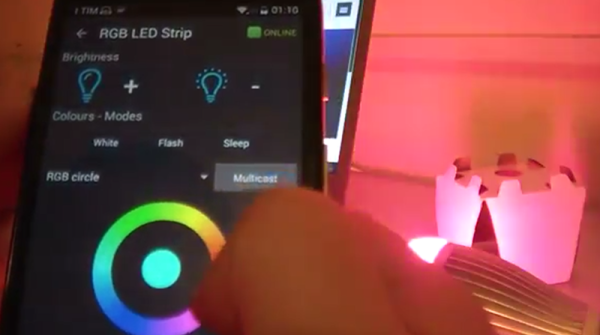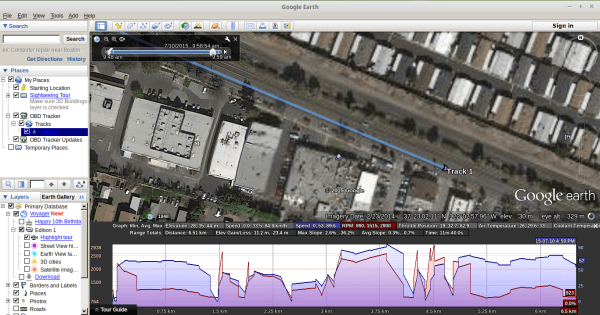The original steganography technique dates back to 440 BC (according to Wikipedia) when a Greek wrote secret messages on a piece of wood, covered it in wax, and then wrote innocent text on the wax. The term, in general, means hiding a message in something that looks harmless. The LVDO project (and a recent Windows fork) says it is steganography, but we aren’t quite sure it meets the definition. What it does is converts data into a video that you can transfer like any other video. A receiver that knows what LVDO parameters you used to create the video can extract the data (although, apparently, the reproduction is not always completely error-free).
The reason we aren’t sure if this really counts as steganography is that–judging from the example YouTube video (which is not encoded)–the output video looks like snow. It uses a discrete cosine transform to produce patterns. If you are the secret police, you might not know what the message says, but you certainly know it must be something. We’d be more interested in something that encodes data in funny cat videos, for example.


















